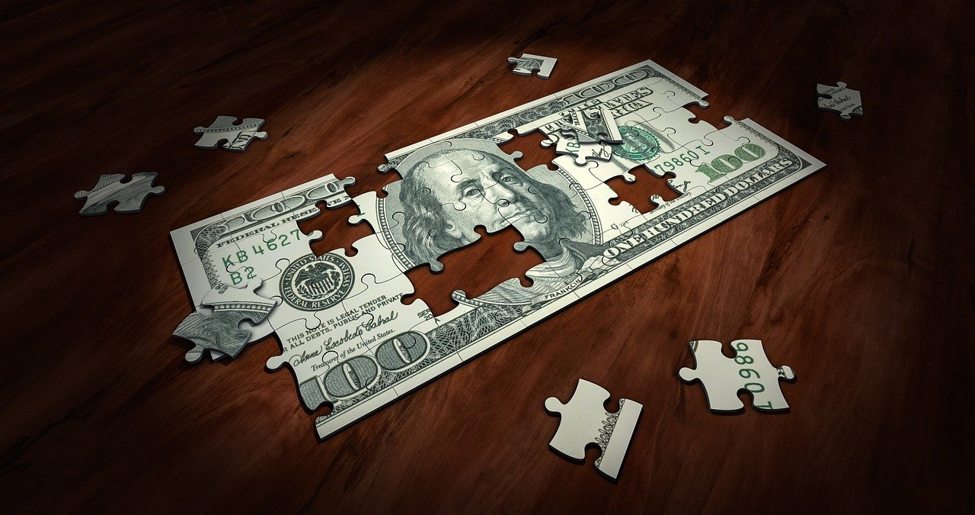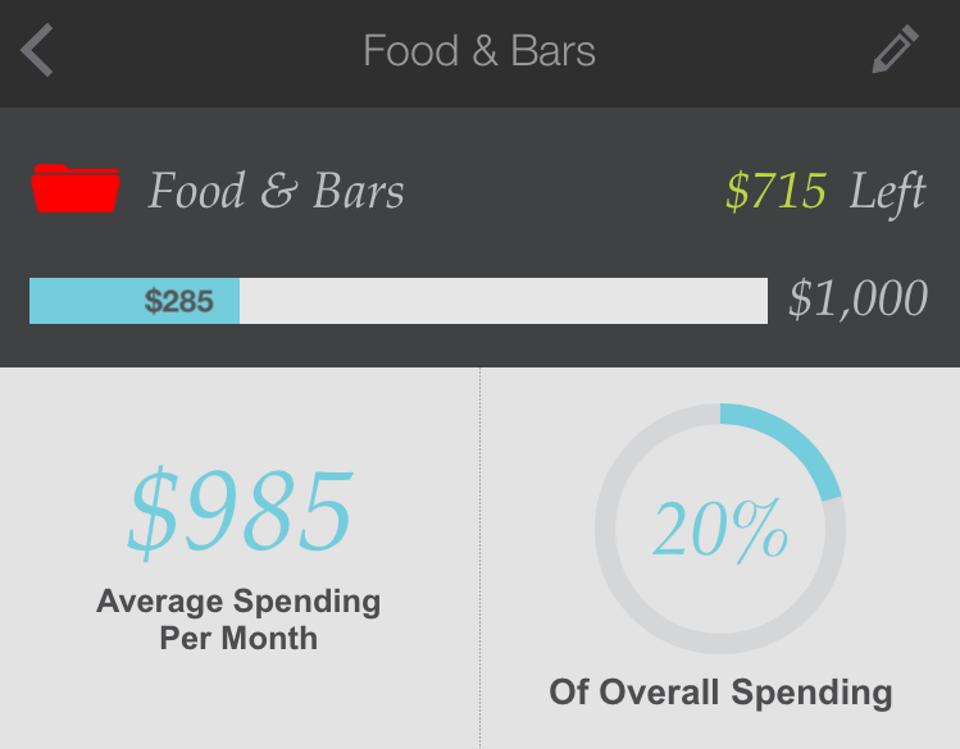
Obtaining financial freedom is a goal for many Americans, and with consumer debt at an all-time high, it’s becoming something of a necessity for each of us. Financial freedom means getting yourself out from under debt, reducing expenses, and shifting your debt to income ratio from more debt than income to the other end of the spectrum.
The more money you have available at your disposal, the more wiggle room you have, the less stress you’ll have to endure from bills and collections, and the more secure your future will be overall.
But how much money does it actually take to be financially secure? While the number varies from person to person, depending on individual financial circumstances, this comprehensive financial freedom guide will teach you how to determine how much money you need to reach financial freedom.
Security: What Are Your Expenses, and How Much Do You Need To Make To Meet Them?

Simple Ways To Organize Your Personal Finances
The first step in determining how much money you need for financial freedom is adding up all of your monthly expenses. That means everything you spend money on each month, including rent or mortgage, car payments and insurance, groceries, internet and TV, etc. Let’s say your monthly expenses add up to about $2,300.
Now, you’ll take this number and multiply it by twelve, which comes out to $27,600. Keep that in mind. You’re going to subtract that from your income, which let’s say is about $36,500 per year. That leaves a difference of $8,900. That means you’re making almost $9,000 more than you need to survive per year.
Once you’ve determined your yearly expenses, let’s look at what you’re actually spending on both needs and wants. Let’s include things like credit card debts, student loans, and other debts. We’ll subtract those totals from your annual income as well.
So, if your annual expenses are at $27,600 per year, but you’re spending an extra $1,500 per month on your credit cards, you’re adding $18,000 per year in unsecured credit card debt.
The average American household carries around $16,000 in credit card debt. Yikes! Financial security isn’t about being able to go on lavish vacations or buy expensive items, but rather about being able to meet your needs without going broke entirely.
Passive Income

5 Ways to Secure Funding For a New Business
Passive income is a great way to achieve financial freedom, as it allows you to meet your expenses without actually having to work. Passive income can come from things like investments, rental properties, and more, but the bottom line is that you’re making money while being idle.
What’s your passive income number? That’s easy. It’s the annual expense number we just calculated. In our case, we’d need to make $27,600 per year passively in order to be financially free.
Passive income isn’t always easy to obtain and often costs money upfront. Rental properties, for example, don’t just fall into your lap in most cases. You’ll likely have to put some money upfront to buy the property and renovate it, but if you can keep 3-4 properties occupied with paying tenants, there’s a potential to make thousands per month in passive income; making the investment well worth it.
Of course, every real estate market is different depending where you are, but you get the point.
Don’t Forget Your Debts

Most people assume that being debt-free is the best way to achieve financial freedom, but the fact is, there are two kinds of debt: good and bad debt. Bad debt is debt for the purpose of acquiring things that depreciate in value over time, like car loans (your car loses value as soon as you drive it off the lot) or material items purchased with credit cards. One mistake with bad debt can leave you struggling to regain financial control.
Good debt is debt that’s connected to things that retain and/or increase in value over time, such as mortgages and investments. When you’re trying to figure out your financial freedom number, take a look at what kinds of debt you have. Separate them into different categories, and take a look at the total.
Let’s say your finances look something like this:
- $14,500 in credit card debt
- $10,200 in car loans
- $95,000 left on your mortgage
Your mortgage is something that you can build equity with, but that $24,700 in credit card and car loan debt is only holding you back from financial freedom. Pay off your car, pay down your cards, and most of all, practice financial smarts when you’re spending money. Maxing out cards is never a good idea!
The Bottom Line

7 Personal Finance Tips You Need to Know
While everyone’s number is different, the amount of money you need to be financially secure is easy to find with this helpful guide. Determine your annual expenses versus your income, figure out your good and bad debts and how much you owe to each, and go from there. Focus on paying off bad debts and practicing good financial decision-making to avoid future unsecured debt.




